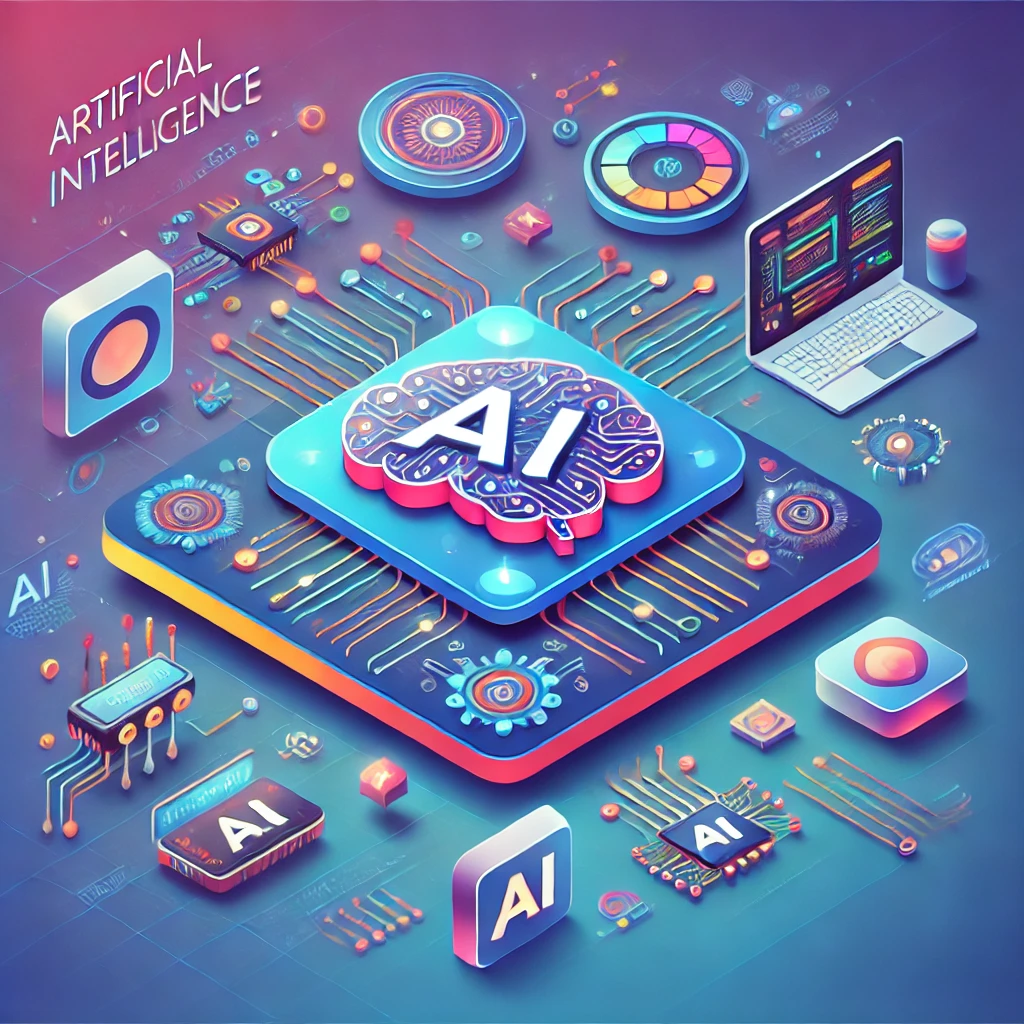Going all in on A.I.

It wasn't too long ago that the idea of functional A.I. was something we could only see on the Hollywood screen. And mainly in films portraying life far into the future, decades from where we are today. A world where economies have collapsed and where people struggle to survive. Yet somehow, A.I. flourishes in those worlds. Perhaps both ideas are somehow related.
But to us normal people outside of the screen however, the idea seemed farfetched and near impossible. Because we've seen human language A.I. already multiple times in multiple iterations throughout the past decades, and its mainly been a disappointing sight.
One notable bot that comes to mind is Eugene Goostman, which is said to have passed the Turing Test at an event organized by the University of Reading in 2014. But when you look at the achievements of Eugene, there isn't too much there to applaud.
The eloquently named bot managed to fool 33% of the judgest during its examination, as 30% is the minimum in order to be considered a candidate. A relatively low percentage by todays standards.
Computer Scientist Scott Aaronson spoke with Eugene in 2014, which you can read here, and the resulting conversation was anything but revolutionary.
But to many engineers and scientists in the field around the world, the possbility was always just around the corner. The possibility of a 34% or 35% fool rate was always there.
To me personally, after having tried dozens of supposed A.I. chatbots and coding libraries throughout the years, the concept was still just a pipedream. Most struggled with basic prompts, and the ones that struggled less eventually fell apart and responded with gibberish or even worse, brought its host parent to a blue-screened state.

Often times whatever output was generated by these algorithms and systems still needed some kind of human review, which made the entire process all but moot.
But then sometime around 2015, a little company known as OpenAI came to fruition thanks to a few tech-savvy entrepreneurs, like Elon Musk and Sam Altman. And in 2018, GPT-1 came to life and it was praised for its overall performance.
To name just a few of its achievements, GPT-1:
- Outperformed previous models on tasks related to question answering and commonsense reasoning by 5.7%.
- Improved on previous models by 4.2% on semantic similiary.
- Achieved a score of 45.4, compared to the previous 35.0, in a text classification task using the Corpus of Linguistic Acceptability.
A technical way of saying, it improved drastically over older models.
This achievement was soon followed by GPT-2, GPT-3 and GPT-4 (as of this writing). We can assume that improvements and updates will be ongoing from now on, particulary as OpenAI is looking for a valuation of $90 Billion as it continues to trend upwards in usage. Because having a functional product is only half the battle. You still need people to use said product in order to truly build longevity.
It wasn't until ChatGPT made its appearance in 2022, that people really started to take notice of what GPT-n was capable of. Because ChatGPT was good, really good. It was good enough to go viral on the internet. But more importantly, because it was so simple to use, anybody with a laptop could try it out for themselves.
Without public adoption, you just don't have a product. Because products need cash flow in order to stay alive. And as we all know, one of the largest collections of cash is in people's pockets. So if you can get the general public to take notice, then you're probably going to do just fine.
Follow that up with the release of DALL-E, the prompt to image generator, DALL-E 2 and the soon to be released DALL-E 3 and it's fair to say that people have figured out A.I. exists and for the most part, they aren't running for the hills. In fact, it's quite the opposite.
While exact numbers are hard to come by, it was estimated that ChatGPT reached 100-million monthly users just 2 months after being released, making it one of the fastest, if not the fastest, growing consumer application to date.
This impressive growth not only reaffirms the demand for user-friendly AI applications but also highlights the transformative impact such innovations can have on our daily interactions and workflows.
Now more than ever, companies are using A.I. actively in their day to day operations. And not just for content generation, which is an important aspect, but more so in the data analytics and operations space. What was once mainly kept secret in secure server rooms for the upper echelon of tech companies, is now available for a low monthly subscription fee.
ChatGPT Enterprise was announced recently as the corporate solution to A.I. needs. The worry that employee prompts would be used in order to train a public model, potentially divulging sensitive information, is no more. At least for a price.
And as more companies jump onboard in the coming years, those that opt to stay out of the conversation altogether, might be putting themselves at a higher risk than they would like. Because if your competition can do what you do 100x faster and at a fraction of the cost, than the monthly subscription fee might be worth it in the long run.